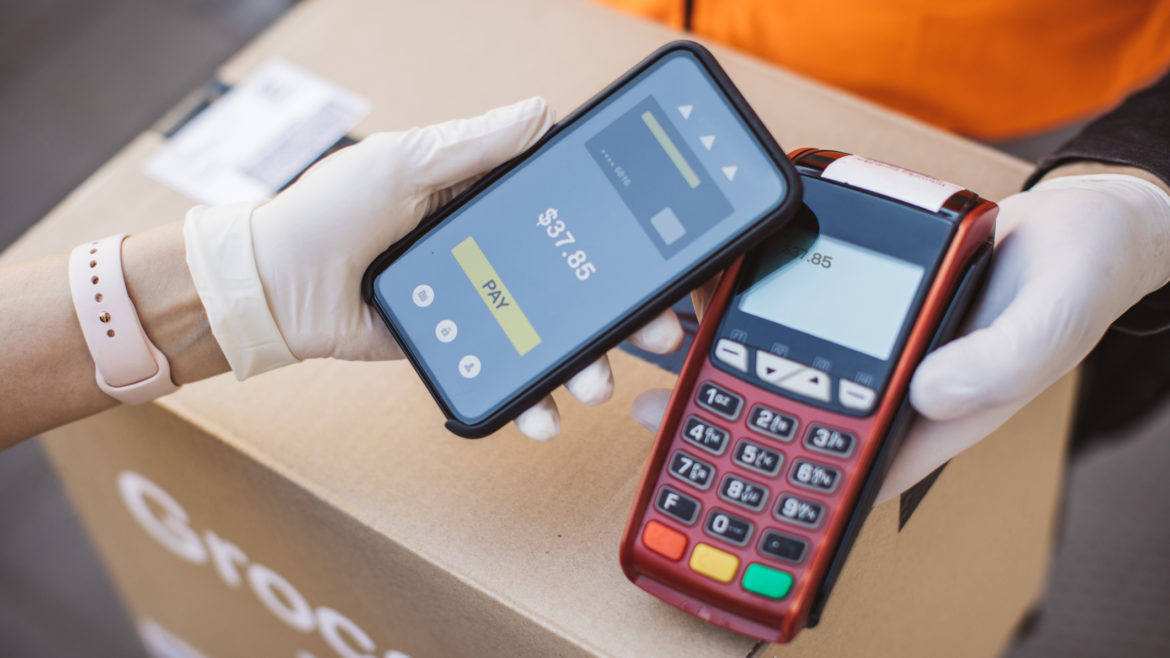As consumers transition to the new normal during and after the COVID-19 crisis, we have to begin thinking about what the new journey will look like in the payment space. While digital payments were an asset to the consumer before COVID-19 and have been crucial to consumers during it, adoption of digital payments will likely grow exponentially over the coming months. Consumers will expect a more hygienic payment transaction as we continue to shift away from physical interactions with cash and plastic handling.
Cash equals germs?
There are many in the public who perceive that physical money is dirty. And they’re not wrong. The cotton/linen make up is a good environment for microbes to settle, and bills can remain in circulation for up to fifteen years. Numerous studies have shown that randomly selected samples of bills can harbor a large number of microbes, some harmless, others not.
The idea of consumers handling wads of cash and coins that have been touched by hundreds of strangers — including the teller who, out of sheer habit, might lick their thumb or finger to sort through a stack of bills — is not exactly appealing with today’s climate. When you factor in that currency also is expensive to produce, distribute, count, and store compared with digital payments, you can see why mobile and contactless payment solutions are going to become even more popular.
Many credit unions will need to focus their efforts on improving their digital capabilities. Consumers are looking for increased digital card controls, with the capability to manage them more easily. Credit unions must also find a way to effectively market and cross-sell via digital interactions. That may be a challenge for smaller credit unions which are more reliant on face-to-face and in-branch interactions.
One example on the merchant side is Starbucks, which is experimenting with the notion of a cash-free future. It has designated one of its Seattle stores as a cash-free zone. The idea is to test how a cashless environment impacts consumer behavior.
Mobile payments rise in popularity
Currently, about 30% of payments in the U.S. are done with a mobile phone. Compare that to China, where that number jumps to over 60% for mobile payments. In 2016, just 4% of cards in use in the U.S. were mobile or contactless. But as Americans slowly emerge from their coronavirus-induced quarantines, digital payments begin to make a whole lot more sense. Overall, usage of mobile and contactless payments in the country has risen 150% since March 2019.
Elsewhere, a recent worldwide report showed a trend where 49 countries had announced a digital payment transaction limit increase, ranging from 25% to 400%, with the average of 131% since the beginning of 2020. The results were not surprising as each country saw a decrease in the actual currency shared while digital payments increased substantially. Overall, this had a huge increase in total spending.
Let’s face it: while cash will probably be around longer than most of us want to admit, there is no denying the change that has occurred worldwide in the last few years. And this pandemic (which is not going to be the last pandemic) is going to continue pushing the digital payment forward. However, some concerns about eliminating cash altogether would be for the unbanked (those who do not have access to digital payments) and the older consumer (who might be totally confused by mobile and contactless solutions) which might cause a “Payment Divide” between the Haves and Have Nots.






























































